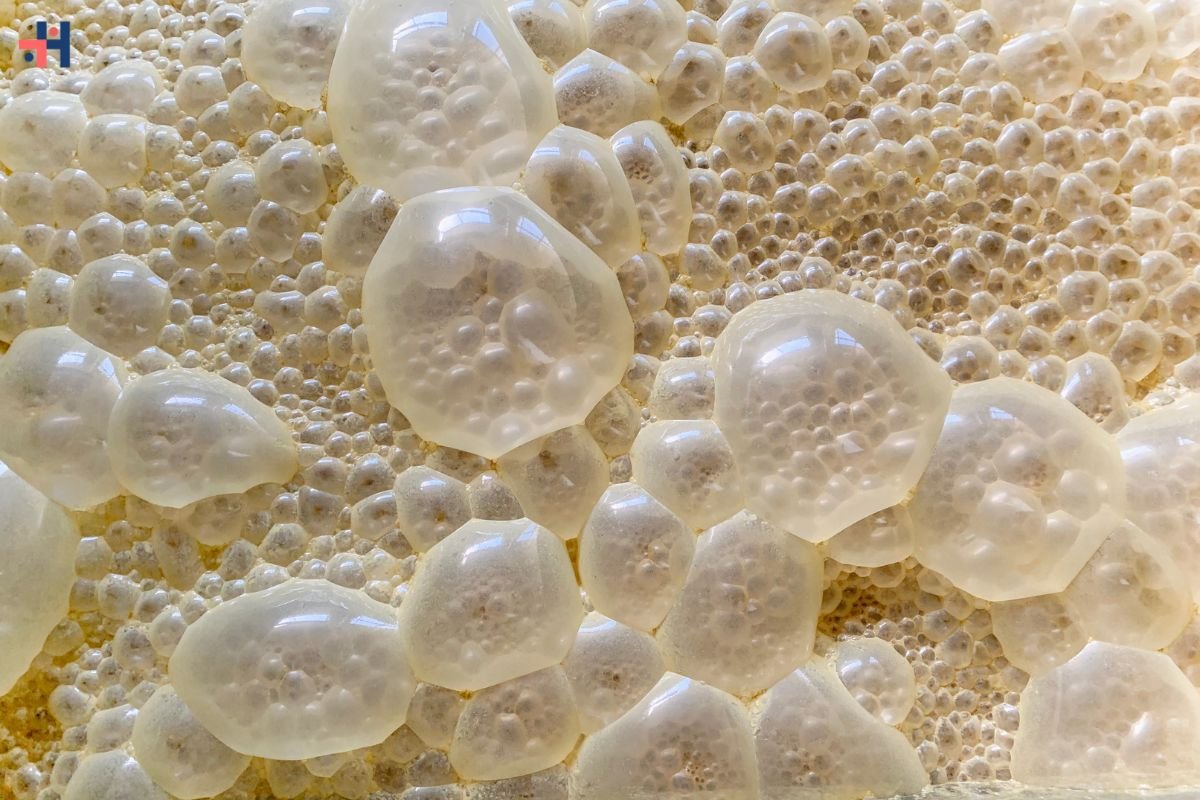Lactic acid fermentation is a fascinating biochemical process that has been utilized by humans for centuries to transform raw ingredients into delicious and nutritious foods. From tangy yogurt to crunchy pickles, this fermentation plays a crucial role in the production of a wide variety of culinary delights. In this article, we will explore the intricacies of lactic acid fermentation, its benefits, process, diverse applications, and the science behind its magic.
Understanding:
Lactic fermentation is a type of anaerobic respiration that occurs in the absence of oxygen. It is primarily carried out by lactic acid bacteria (LAB), which convert sugars into lactic acid through a series of enzymatic reactions. This metabolic pathway is an efficient way for cells to generate energy when oxygen is scarce, and it is widely employed by microorganisms to thrive in diverse environments.
Benefits:

- Preservation: One of the primary benefits of lactic acid fermentation is its ability to preserve food. The acidic environment created by lactic acid inhibits the growth of harmful bacteria, molds, and yeasts, thereby extending the shelf life of fermented foods.
- Probiotic Power: Fermented foods are rich in probiotics, which are beneficial microorganisms that support digestive health and immune function. Consuming foods fermented through lactic acid fermentation can help maintain a healthy balance of gut microbiota and alleviate digestive issues.
- Enhanced Nutritional Profile: It can enhance the nutritional profile of foods by increasing the bioavailability of certain nutrients. For example, fermentation can break down complex carbohydrates, proteins, and fats into more easily digestible forms, allowing the body to absorb essential vitamins, minerals, and amino acids more efficiently.
- Flavor Development: It contributes to the development of unique flavors and aromas in fermented foods. The tangy taste of yogurt, the sharpness of sauerkraut, and the umami richness of miso are all attributed to the production of lactic acid and other flavorful compounds during fermentation.
Process of Lactic Acid Fermentation:

- Ingredient Selection: The process begins with selecting high-quality ingredients that are free from contaminants and additives. Common ingredients used in lactic acid fermentation include fresh fruits and vegetables, dairy products, grains, and legumes.
- Preparation: The selected ingredients are washed, peeled, sliced, or shredded as needed to facilitate microbial action during fermentation. In some cases, ingredients may be blanched or cooked before fermentation to soften texture or improve flavor.
- Inoculation: Lactic acid bacteria are introduced to the prepared ingredients to initiate fermentation. These bacteria may be naturally present in the environment or added in the form of starter cultures, which contain specific strains of LAB optimized for fermentation.
- Fermentation: The inoculated ingredients are placed in a suitable environment that promotes the growth and activity of lactic acid bacteria. Factors such as temperature, pH, salt concentration, and oxygen levels are carefully controlled to ensure optimal fermentation conditions.
- Monitoring: Throughout the fermentation process, the ingredients are monitored for signs of microbial activity, acidity, and texture. Regular sampling and sensory evaluation help assess the progress of fermentation and determine when the desired characteristics have been achieved.
- Maturation (Optional): Some fermented foods undergo a maturation or aging period after fermentation to further develop their flavors, textures, and nutritional properties. This step may involve storing the fermented product in a cool, dark place for several days to several months, allowing beneficial microorganisms to continue their work.
Applications:
- Dairy Products: Lactic acid fermentation is widely used in the production of dairy products such as yogurt, cheese, buttermilk, and sour cream. These fermented dairy foods are not only delicious but also rich in probiotics, calcium, and other essential nutrients.
- Fermented Vegetables: Many vegetables, including cabbage, cucumbers, carrots, and beets, can be fermented using fermentation. Popular examples include sauerkraut, kimchi, pickles, and relishes, which are enjoyed for their tangy flavor, crisp texture, and health benefits.
- Fermented Beverages: It is also employed in the production of fermented beverages such as kombucha, kefir, kvass, and lacto-fermented sodas. These probiotic-rich drinks offer refreshing flavors, natural carbonation, and numerous health-promoting properties.
- Sourdough Bread: Sourdough bread is leavened through a process of natural fermentation, primarily driven by lactic acid bacteria and wild yeast. This fermentation imparts a distinctive tangy flavor, chewy texture, and extended shelf life to the bread, making it a favorite among bread enthusiasts.
- Fermented Condiments and Sauces: Fermentation is used to produce a variety of fermented condiments and sauces, including soy sauce, miso, tempeh, and fish sauce. These fermented products add depth of flavor, umami richness, and nutritional value to culinary dishes from around the world.
- Fermented Meats and Fish: Lactic acid fermentation is employed in the preservation and flavor enhancement of meats and fish in various cuisines. Examples include fermented sausages, cured meats, jerky, and fish sauces, which undergo controlled fermentation to develop complex flavors and extend shelf life.
Science behind Lactic Acid Fermentation:

Fermentation is a complex biochemical process that involves multiple metabolic pathways and microbial interactions. The primary actors in lactic acid fermentation are lactic acid bacteria, which produce lactic acid as a metabolic byproduct from the fermentation of sugars. These bacteria belong to the genera Lactobacillus, Streptococcus, Pediococcus, and Leuconostoc, among others, and they thrive in low pH environments typical of fermented foods.
During fermentation, lactic acid bacteria utilize various enzymes to metabolize carbohydrates, proteins, and lipids present in the raw ingredients. These enzymes break down complex molecules into simpler compounds, releasing energy and producing organic acids, alcohols, and gases as fermentation byproducts. The production of lactic acid lowers the pH of the fermentation environment, creating an acidic milieu that inhibits the growth of spoilage microorganisms and pathogens.
The specific metabolic pathways involved in lactic acid fermentation vary depending on the type of microorganisms present, the composition of the substrate, and the environmental conditions. For example, homofermentative lactic acid bacteria produce primarily lactic acid from glucose via the Embden-Meyerhof-Parnas pathway, while heterofermentative lactic acid bacteria produce lactic acid, ethanol, and carbon dioxide from pentose sugars via the phosphoketolase pathway.
In addition to lactic acid, lactic acid fermentation can yield other metabolites such as acetic acid, propionic acid, diacetyl, and various volatile compounds that contribute to the flavor, aroma, and texture of fermented foods. The balance of these metabolites is influenced by factors such as temperature, pH, salt concentration, oxygen availability, and the presence of other microorganisms.
Conclusion:
Lactic acid fermentation is a time-honored culinary tradition that continues to enrich our lives with delicious and nutritious foods. From tangy yogurt to tangy sauerkraut, fermented foods are celebrated for their unique flavors, health benefits, and cultural significance. By understanding the principles and practices of lactic acid fermentation, we can harness the power of beneficial microorganisms to create a world of gastronomic delights. So, let’s embrace the magic of fermentation and savor the fruits of microbial labor.










